Ryszard Mączewski
Digital Collection Department. Warsaw Rising Museum
In the summer 1873 the clock tower of the Royal Castle of Warsaw was covered in scaffold with a platform over the dome. On 26 August 1873 Konrad Brandel, a famous Polish photographer and inventor, took a unique series of 10 pictures creating a 360° panorama of Warsaw.
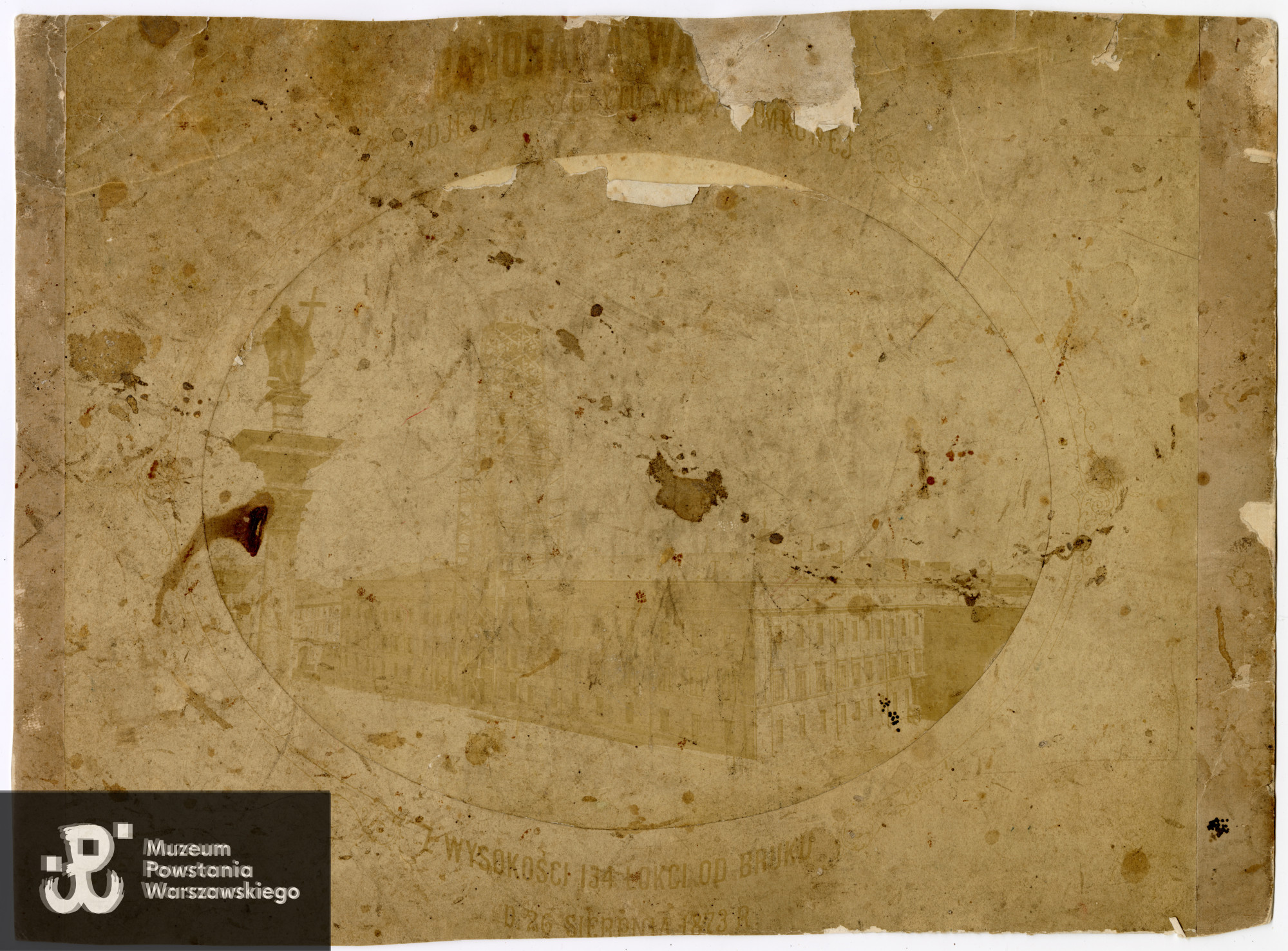
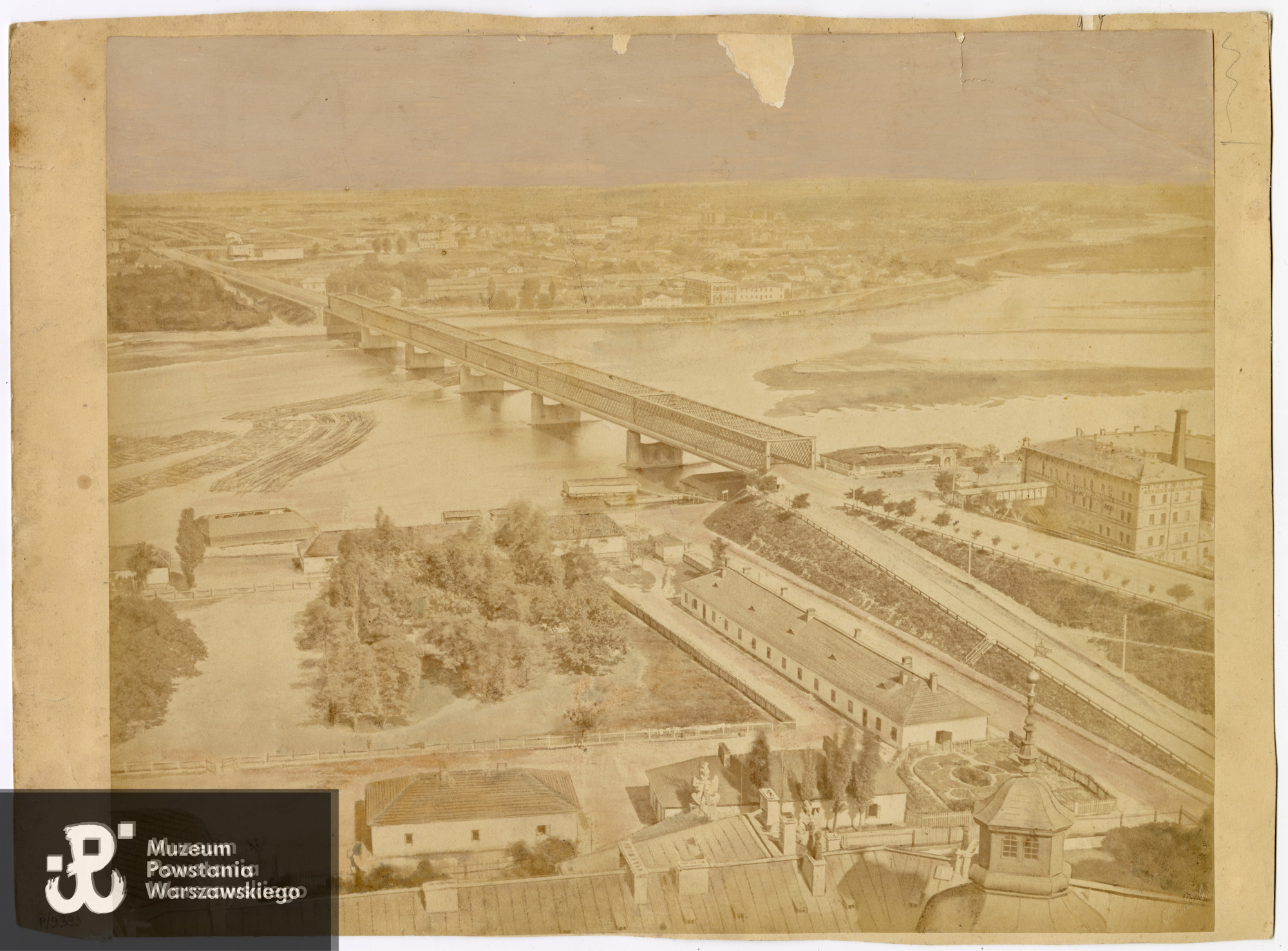
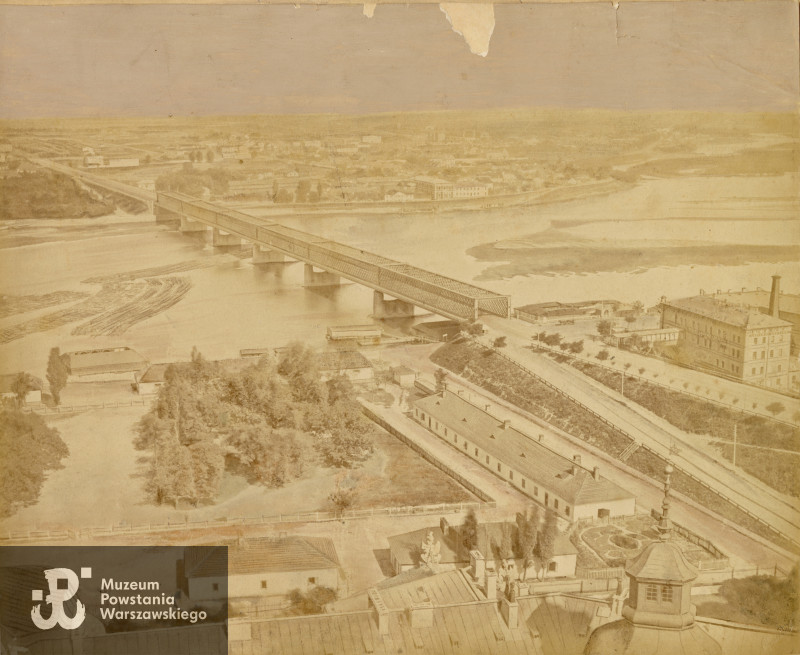

Konrad Brandel started his work being accompanied by his assistant(s?) in the morning and worked till early afternoon (most probably between 7am and 3pm). In this way the second Warsaw’s 360° panorama was created (the first was taken by Karol Beyer in 1858 from the roof of the Holy Trinity Church located at the Małachowski Square).
In 1875 a weekly magazine Kłosy offered his readers a unique gift – a woodcut of Warsaw’s panorama, developed by Adolf Kozarski on the basis of Brandel’s photographs. When joined together woodcuts would give a picture of 280x30 cm. Many copies were preserved till our days however there are only single copies of the original photographs which were not lost or destroyed. Most probably the author might have developed only a few sets of the photographs which were either lost later on or may be still found in private collections.
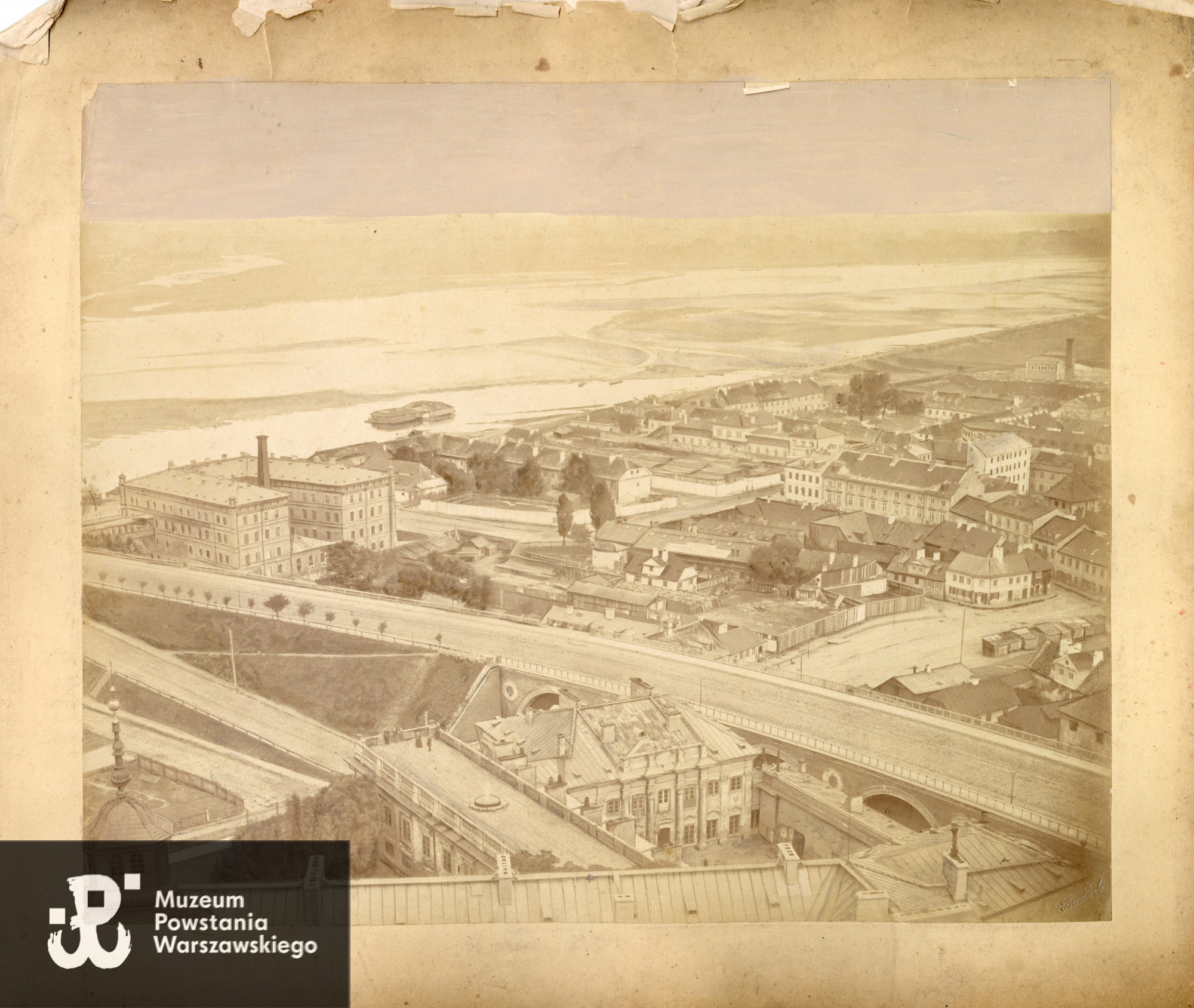
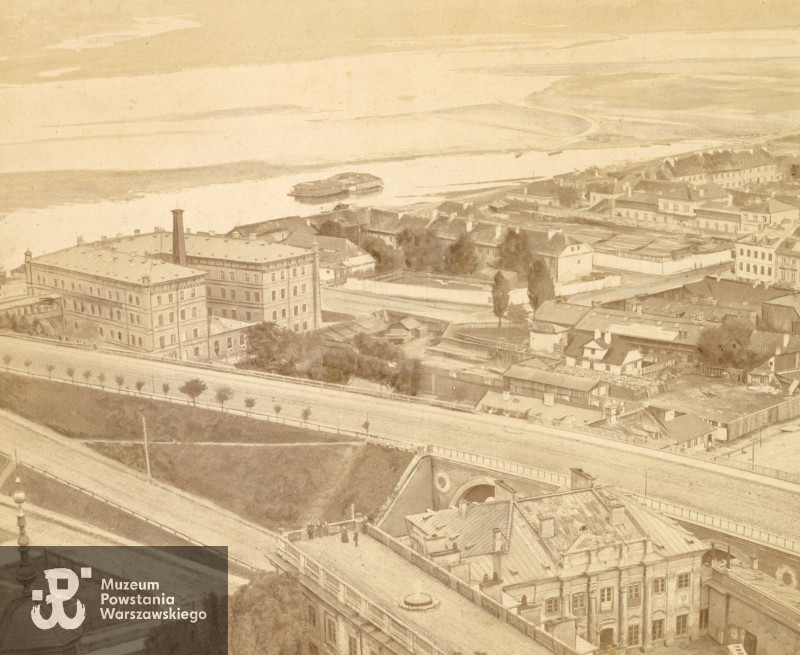



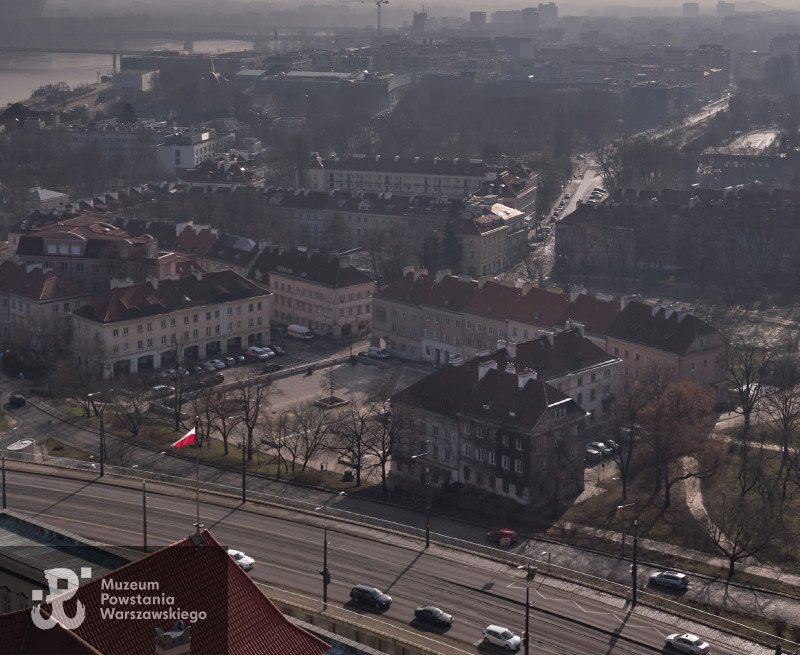
The copy of panorama that was donated to the Warsaw Rising Museum is unique as it consists of all 10 photographs in large format (25x31 cm) together with the frontpage depicting the Royal Castle with a dome being renovated at the time. Each photograph was marked in the corner with a stamp bearing the name of Brandel. Most probably it is the only preserved set of Brandel’s photographs within museums’ and libraries’ collections. Warsaw’s Library possesses 7 photographs from this series, Warsaw National Museum – 3 photographs and a set of all photographs with the front page in a small format (6x7,5 cm) and the Museum of Warsaw – 1 photograph.
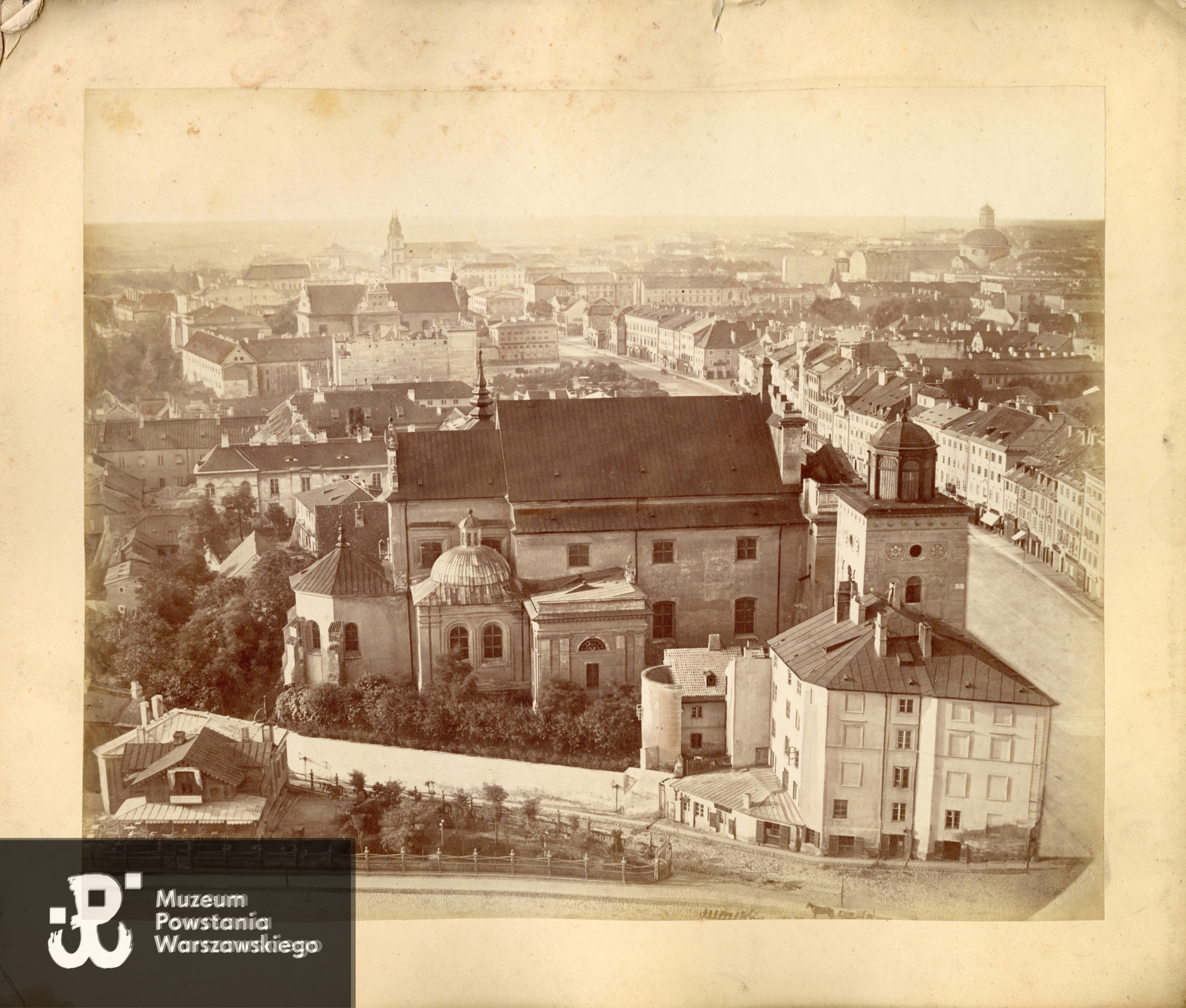
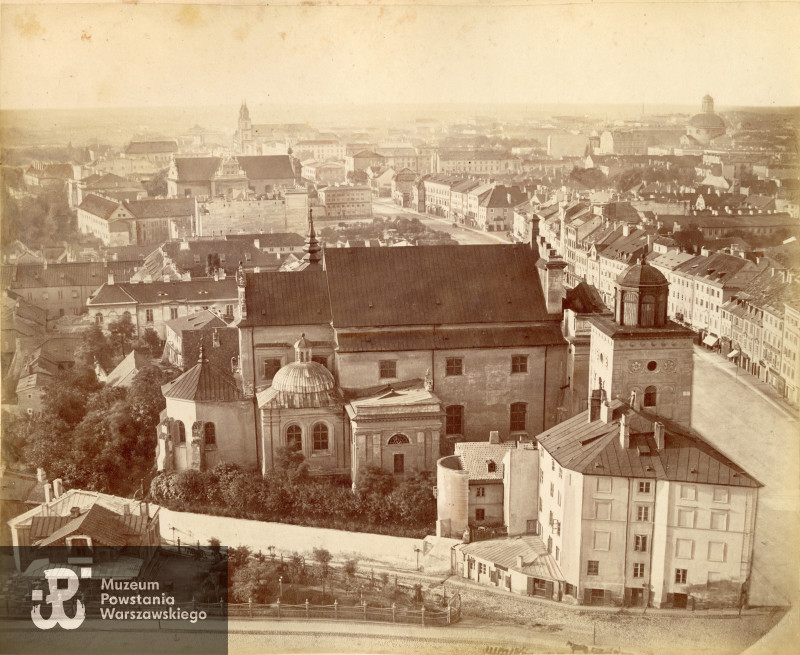
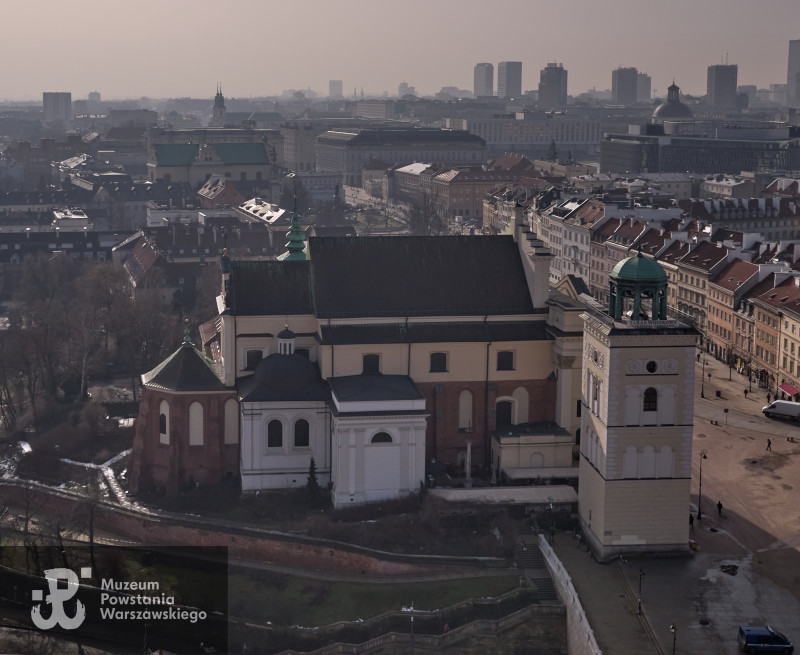
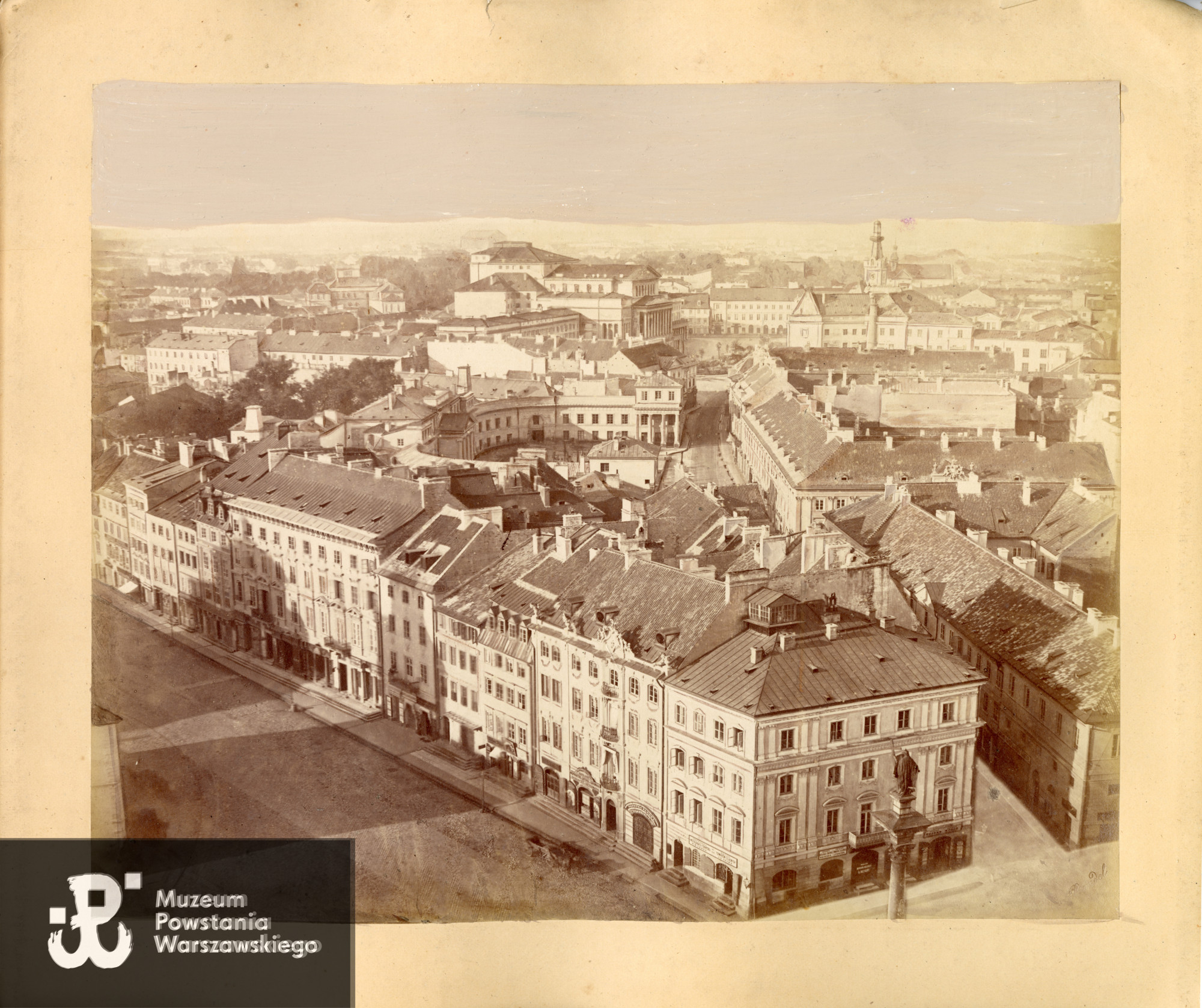
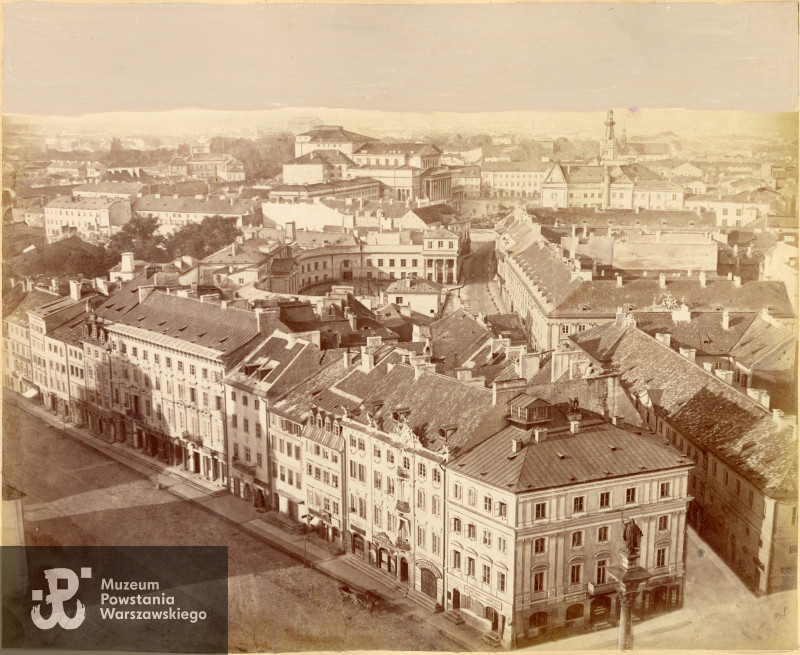
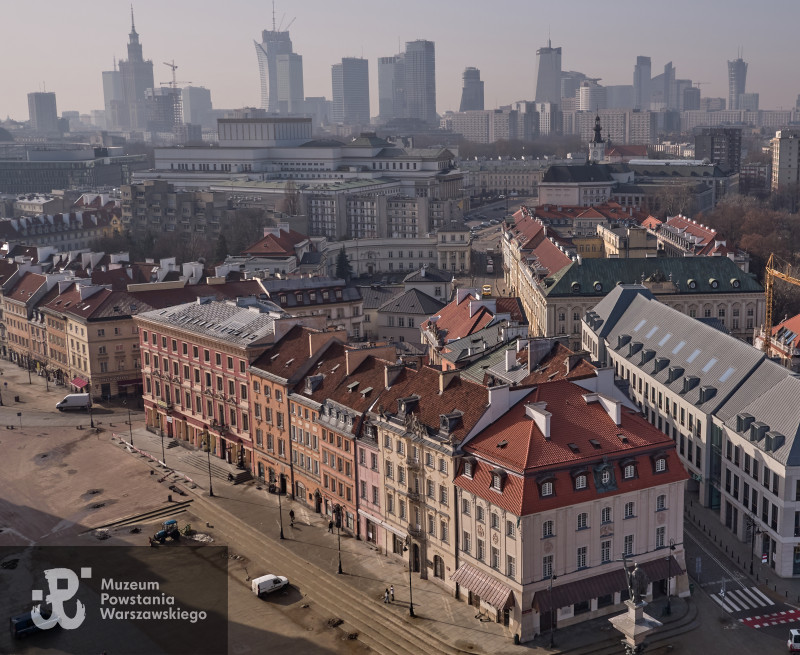
Photographies are of supreme quality and sharp therefore one may find an infinite number of details, which makes it an extremely valuable material to investigate Warsaw’s history. In some areas of the photographs one can see they were retouched, in particular in the background where some buildings were ‘re-painted’.
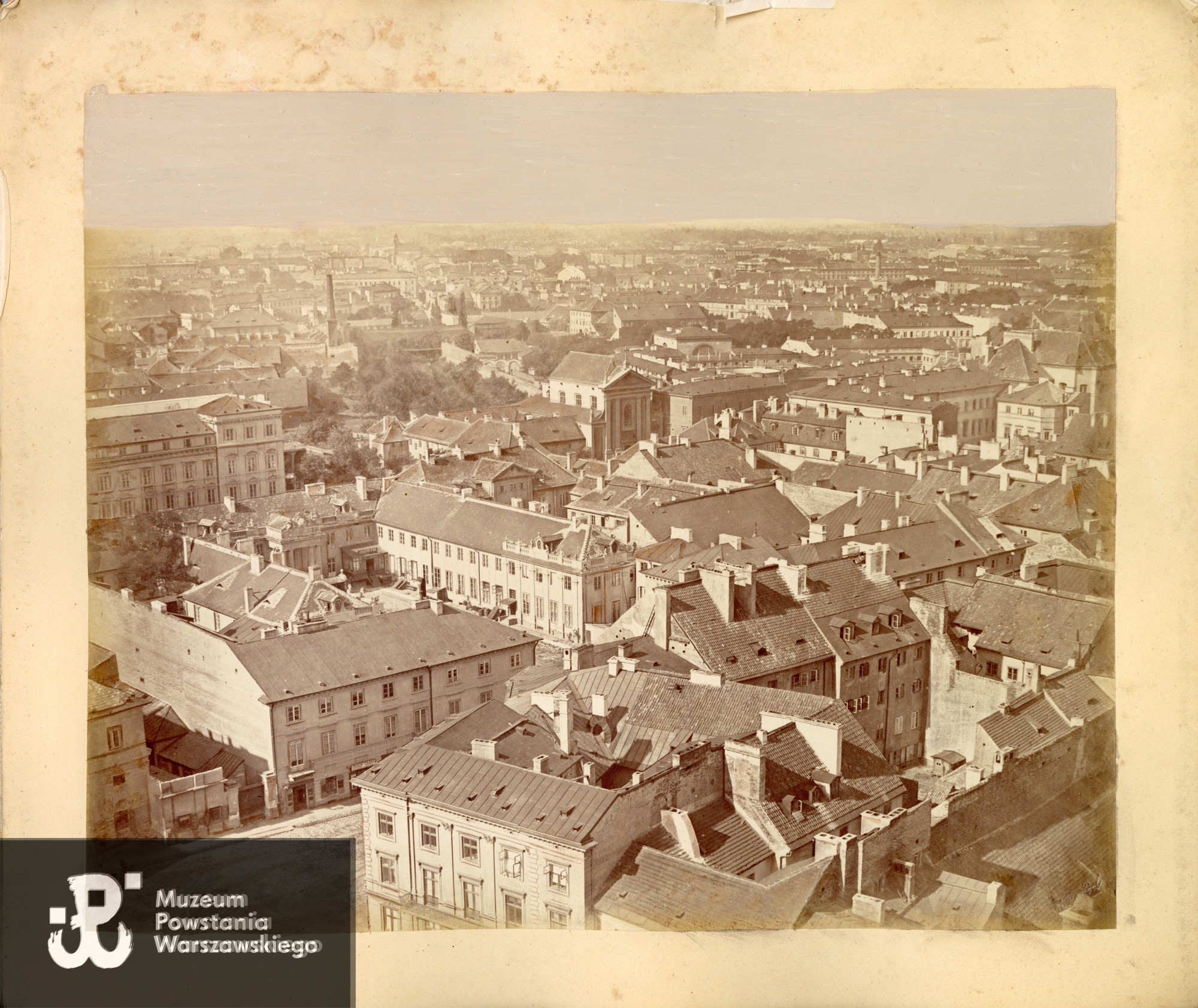
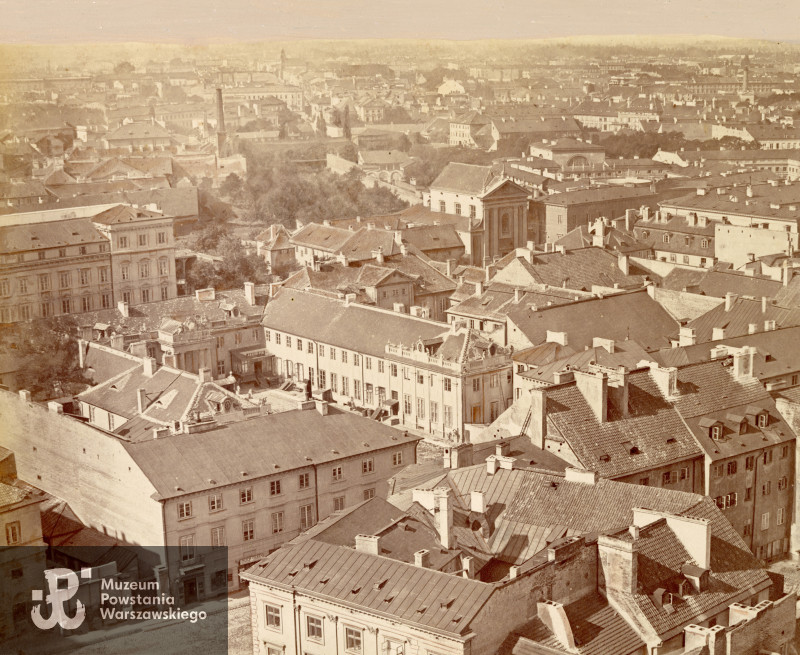
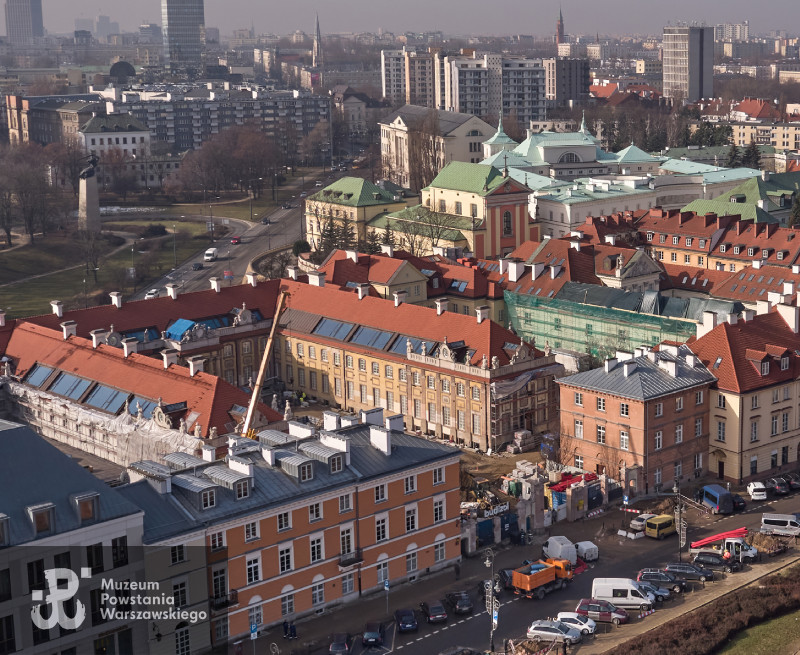
Photographies present Warsaw in the second quarter of the 19th century. The first photograph in the set was taken towards the Praga District direction. The next photographs show the skyline of the Powiśle District with its characteristic poor housing. From the 4th photograph on we may admire the ‘downtown’ Warsaw represented by the perspective on the Krakowskie Przedmieście starting from the St. Anne’s Church, Europejski Hotel under construction, the Holy Cross Church and a chic Theatre Square and palaces at Miodowa Street. Further on we can see the houses of the Old and the New Town of Warsaw up to the skyline of Żoliborz district in the background. In the foreground one may see the façade of the St. John the Baptist Church. The last two pictures show the Vistula riverbank with the last most characteristic object discerned being the Cathedral of St. Mary Magdalene in the Praga District.
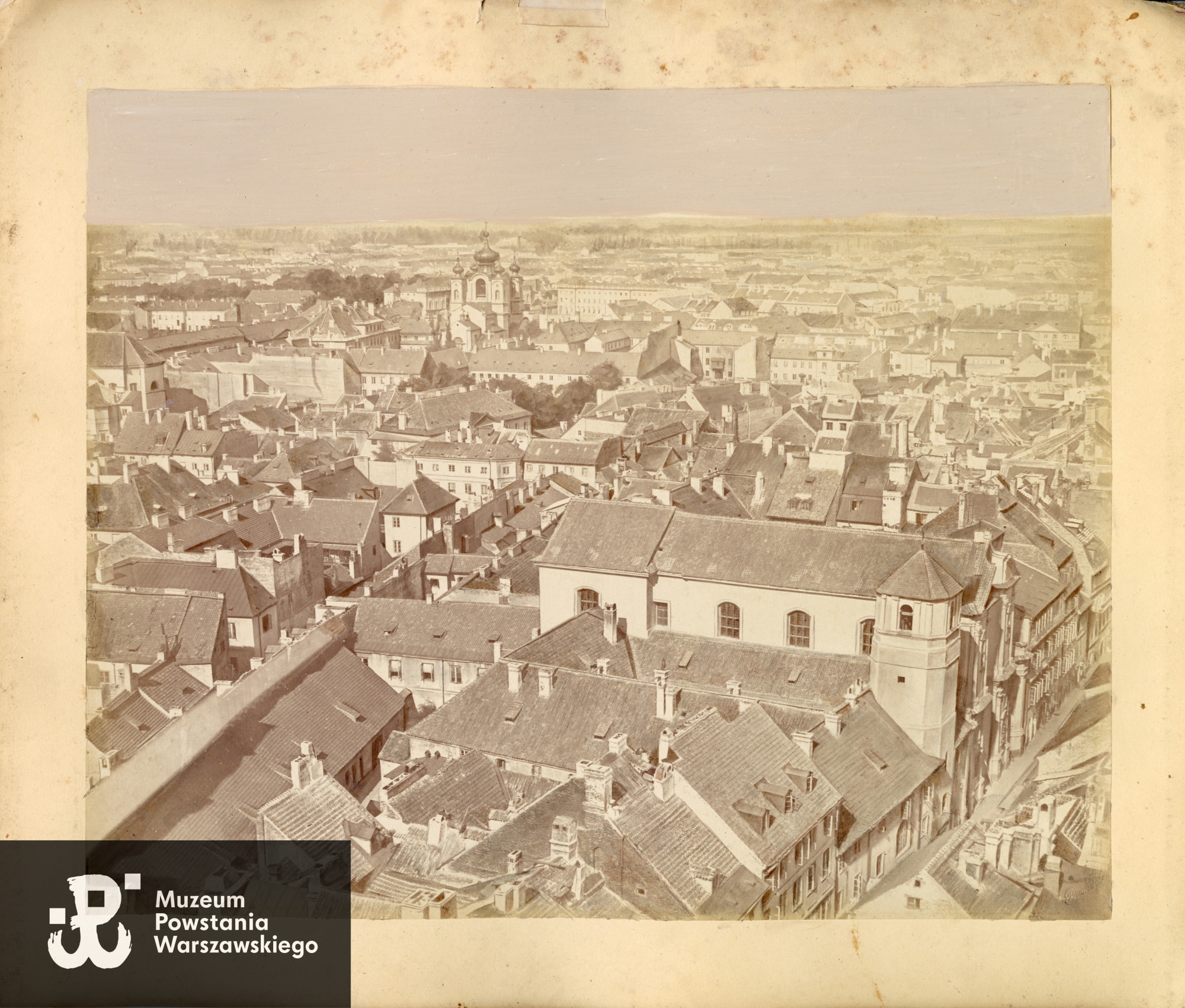
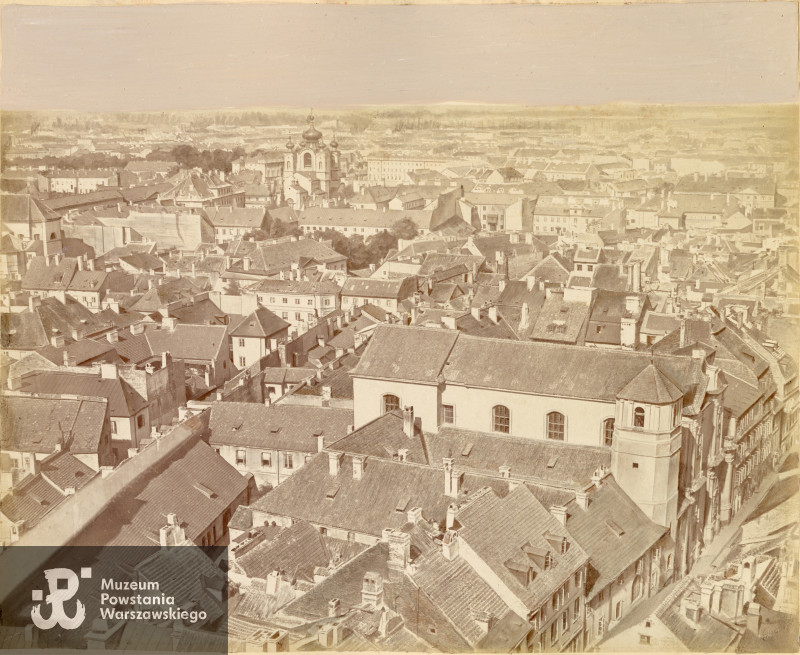
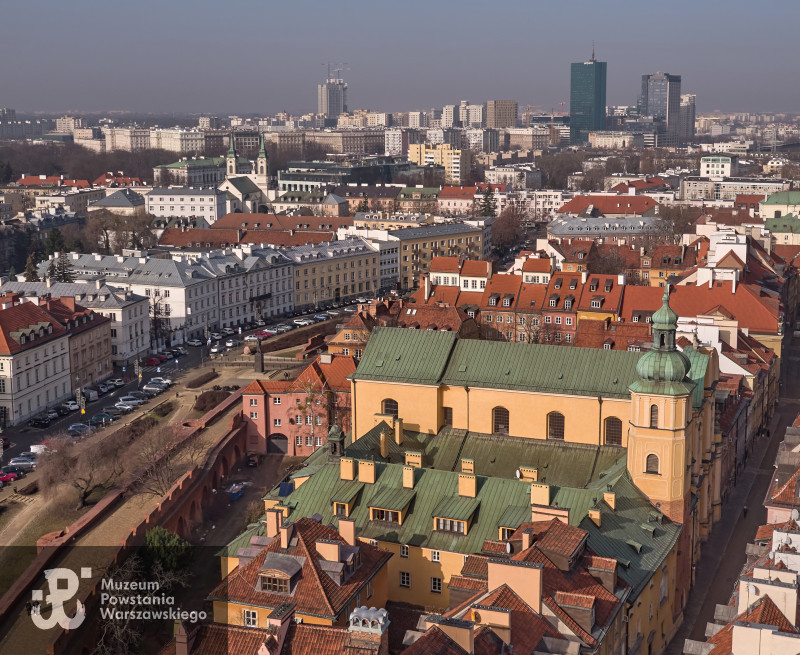
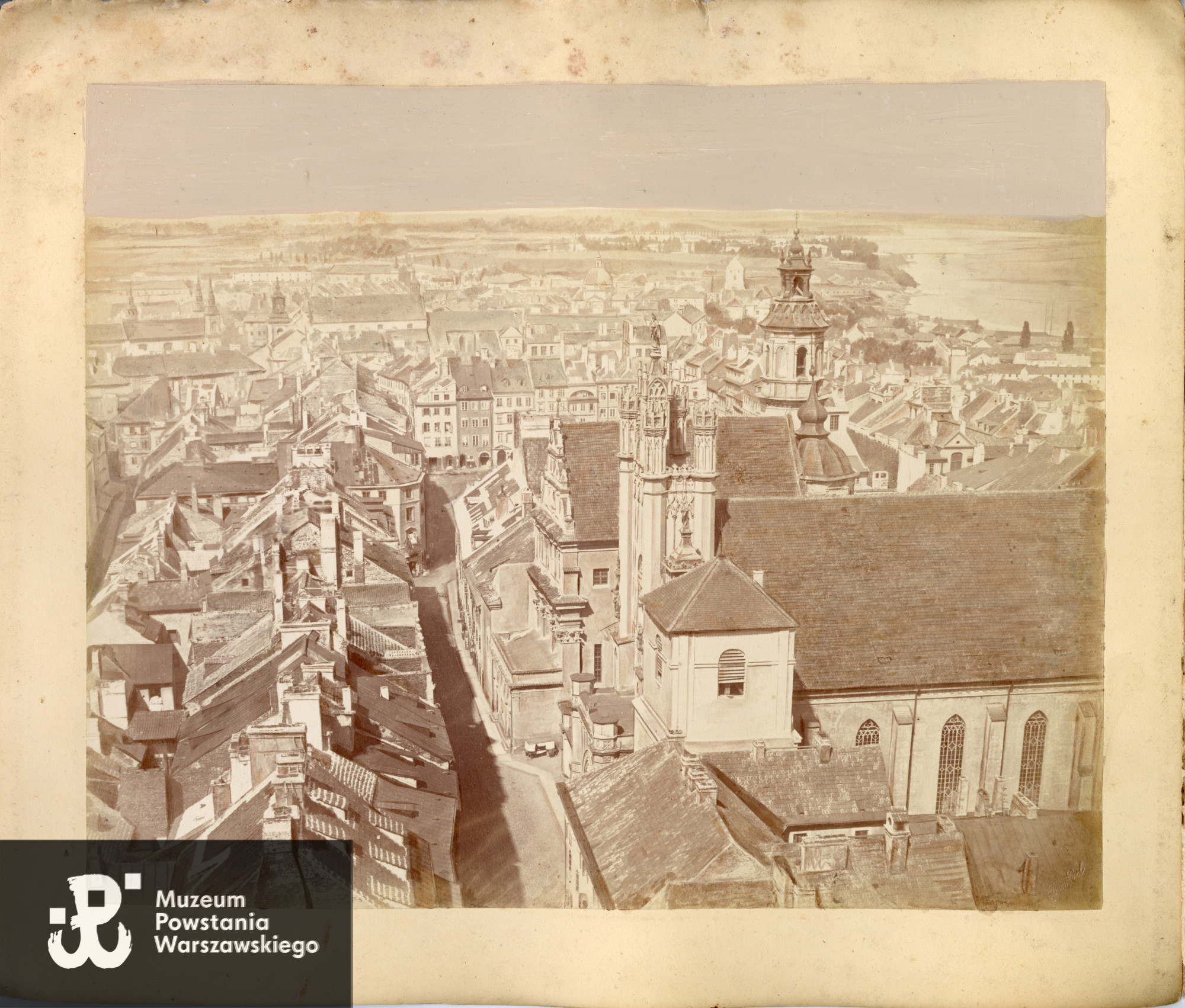
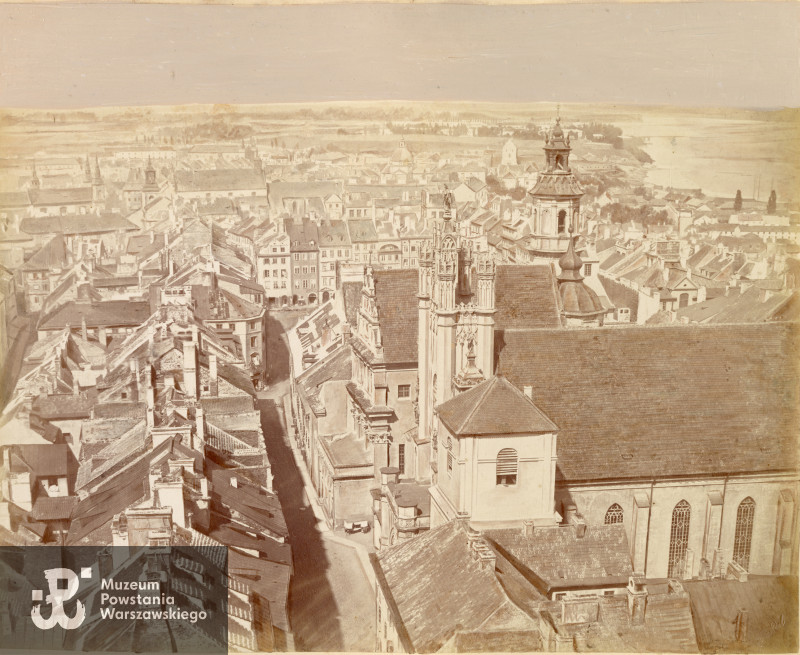

Unfortunately, the frontpage photograph, depicting the Royal Castle with the dome under renovation, has been preserved in the worst condition till our times. The same photograph was used by the weekly magazine Kłosy as the woodcut frontpage to make the readers aware where Brandel was standing while taking his photographs. Thus, it cannot be denied that the frontpage of the Bradel’s set served as an example for the woodcut set printed later.
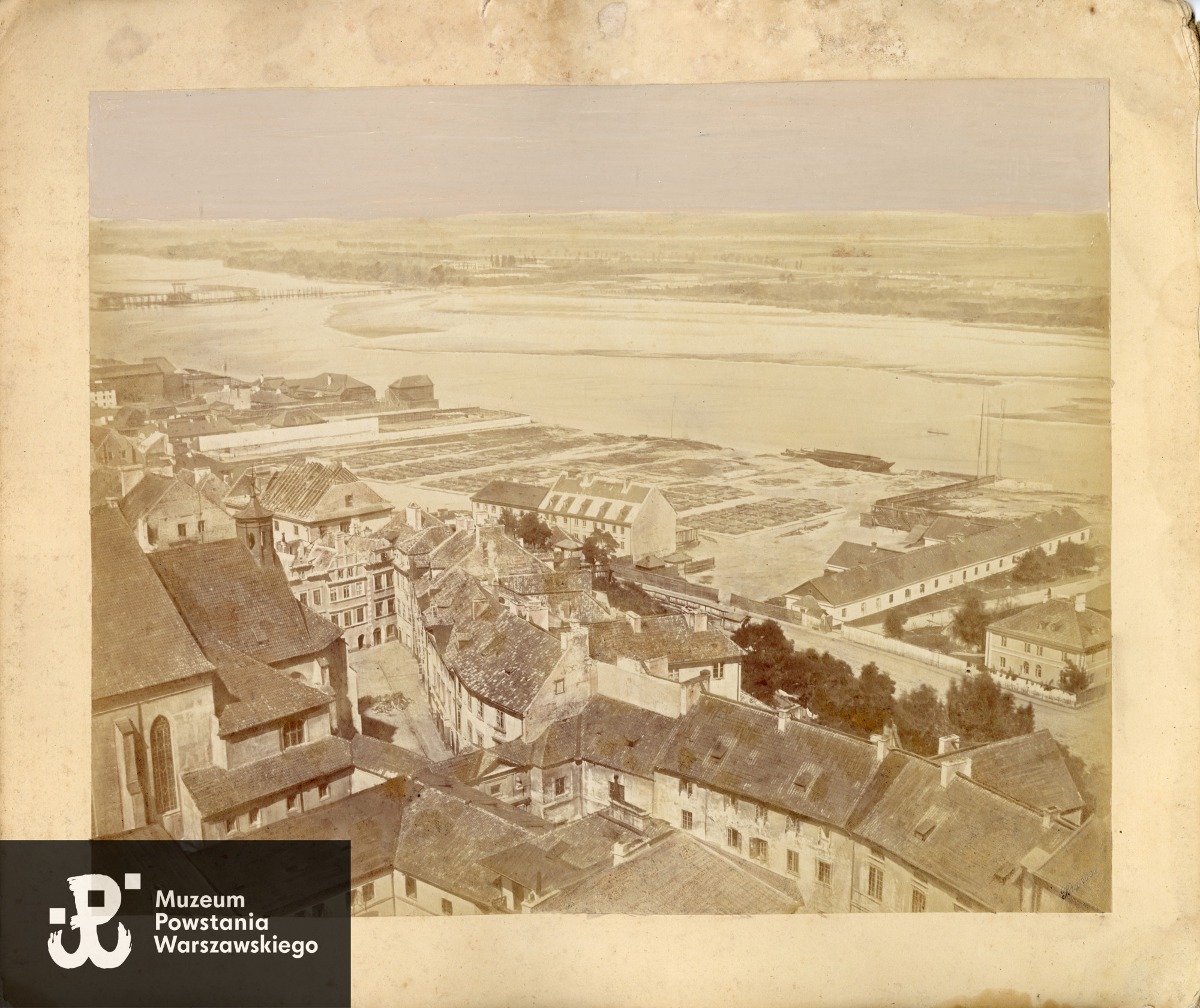
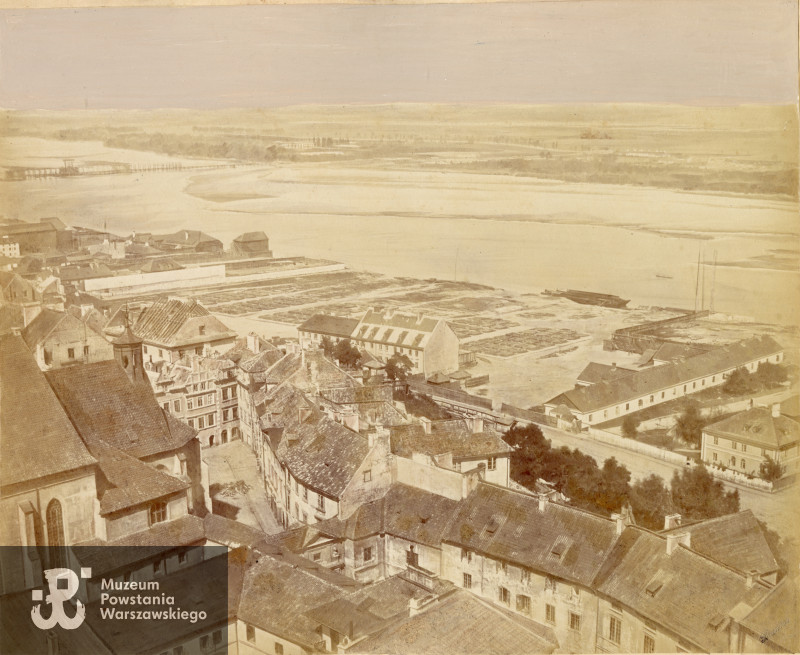
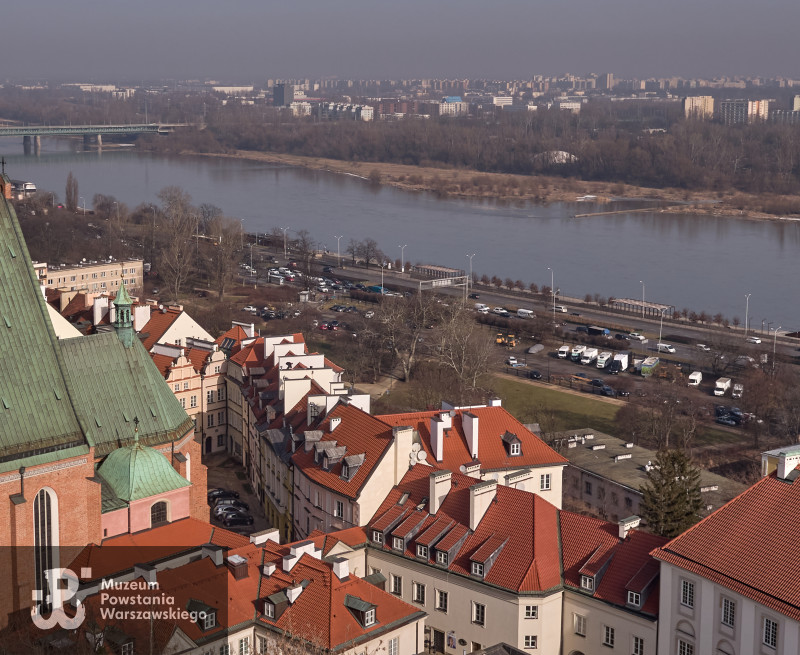
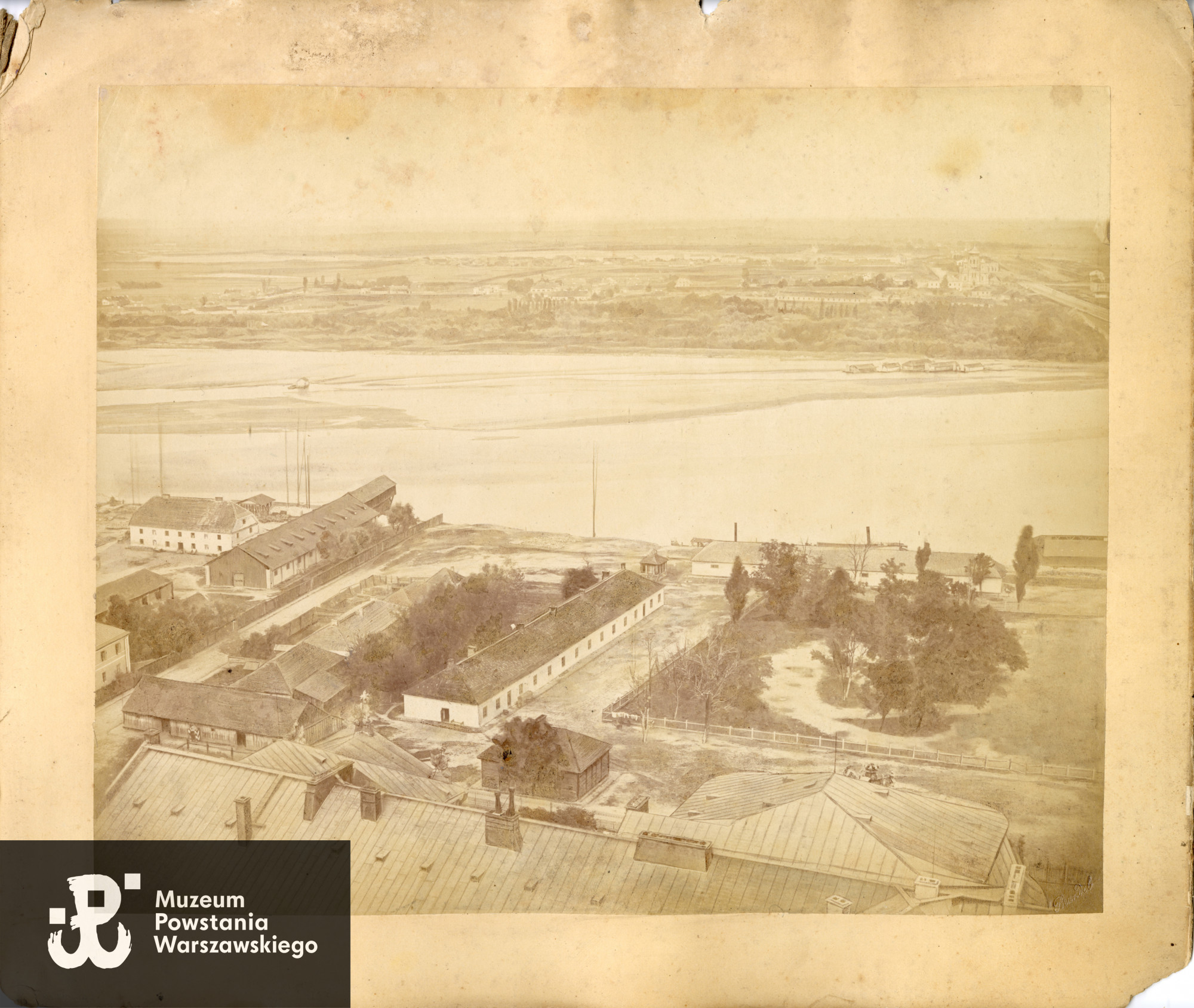
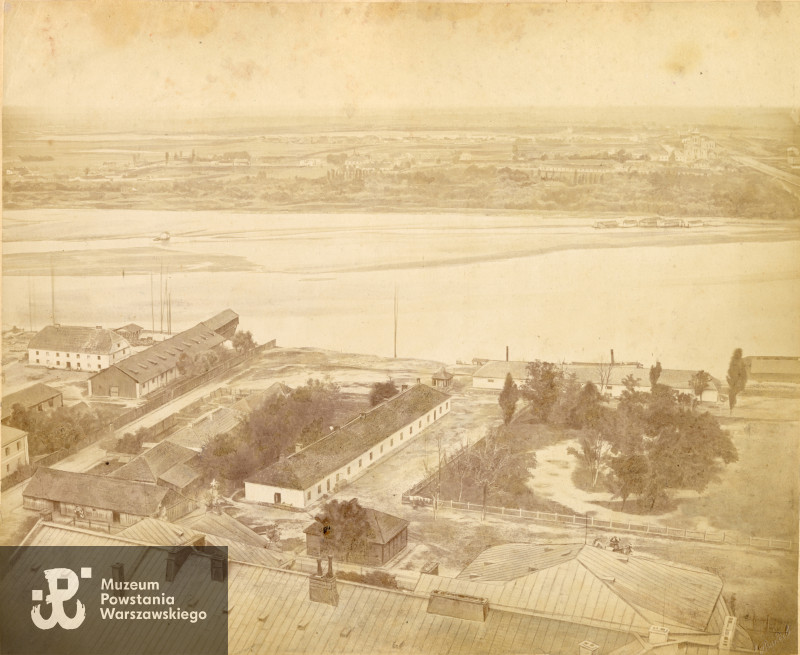
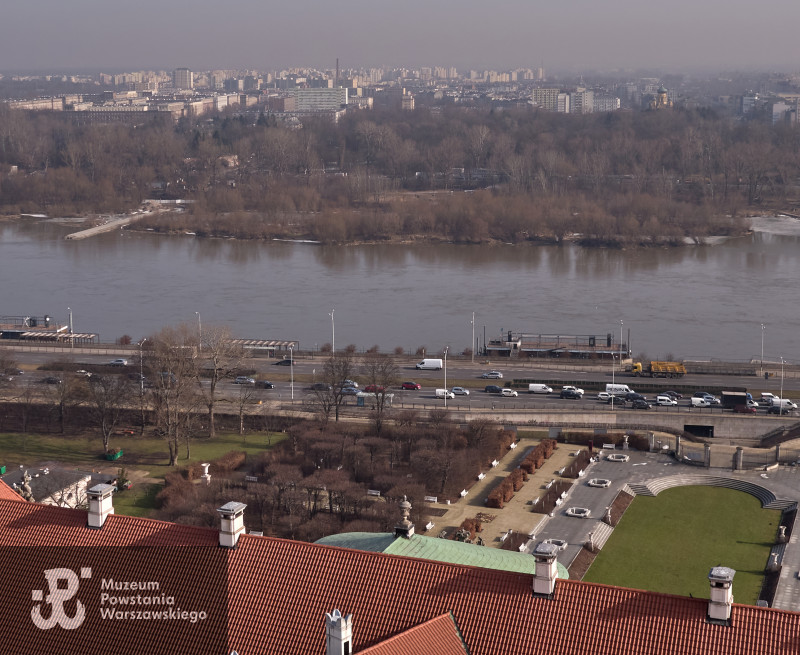
Brandel’s photographies are an excellent reflection of the 19th century Warsaw even though Warsaw seems seemingly deserted. No passers-by, only some carts with horses. It was due to the 19th century technology of photography which needed long exposure. Therefore, we may find only 9 persons on his photographies. Deserted city photographed by Brandel was animated by Kozarski who created the woodcut adding passers-by, carriages, horsecars and carts.
All present photographs by Tomasz Nizielski/Skyred
